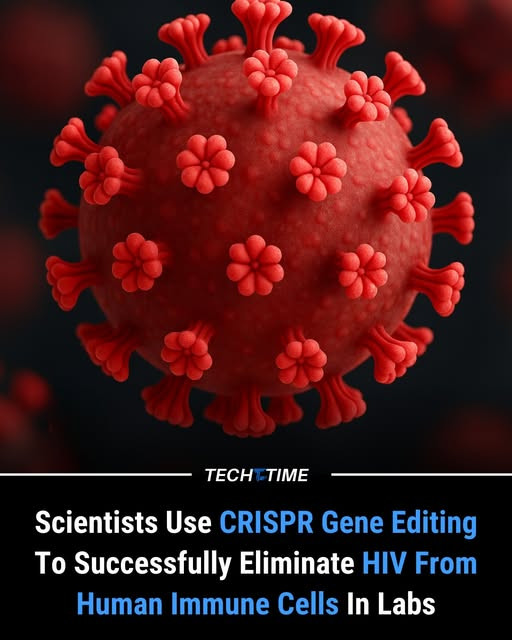In a major scientific breakthrough, researchers have successfully removed HIV from human immune cells using CRISPR gene-editing technology, offering fresh hope for a potential cure to one of the deadliest viruses in modern history. For decades, HIV has been known for its ability to hide inside immune cells, making it nearly impossible to fully eliminate from the body. Now, with the precision of CRISPR, scientists may finally have the key to unlocking a true cure.
CRISPR works like molecular scissors, allowing scientists to cut out specific pieces of DNA. In this case, researchers used it to target and remove HIV's genetic code embedded within infected T-cells. These immune cells were then repaired without the virus, essentially giving them a clean slate. Lab tests showed that not only was the virus removed, but the cells continued to function normally—an essential step in making this therapy viable for humans.
This approach is different from current HIV treatments, which suppress the virus but don’t eliminate it. Antiretroviral therapies have saved millions of lives but must be taken for life. A CRISPR-based treatment could erase the virus at its root, offering long-term or even permanent relief.
From a historical perspective, this is a monumental moment. When HIV/AIDS emerged in the early 1980s, it quickly became a global health crisis. Entire generations were lost, and the stigma surrounding the disease only deepened the suffering. The idea that we might now be able to cut the virus out of cells would have seemed like science fiction just 20 years ago.
Of course, this is still early-stage research. The method needs further testing in animals and humans, but the results are promising. It may be years before it’s widely available, but the door has officially opened to what could be one of the greatest medical achievements in human history.
Fun fact: CRISPR technology was inspired by a natural immune defense found in bacteria.
#hivbreakthrough #crisprcure #geneediting #medicalhistory #sciencerevolution



